Customizing Physical and Occupational Therapy to address your personal needs
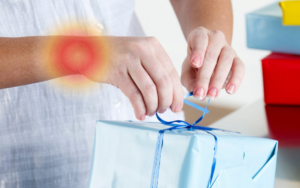

Customizing Physical and Occupational Therapy to address your personal needs

Covid recovery through Physical Therapy
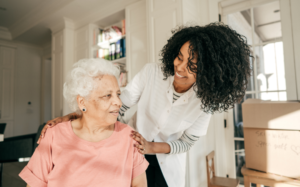
Physical and Occupational therapy can help keep your body performing optimally
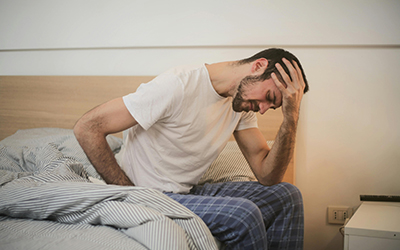
physical therapy doesn’t need to be painful, pain can actually slow recovery
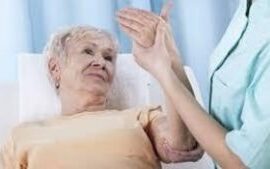
Treating Arthritis with top notch physical therapy from industry experts
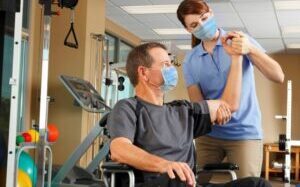
What is Deconditioning? Deconditioning refers to a physical decline in function. During this time of isolation and social distancing, deconditioning can occur very easily. It causes diminished muscle mass, decreased muscle strength by two to five percent per day,...
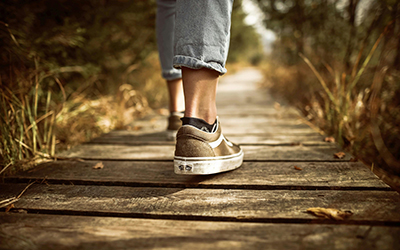
COVID has really put a damper on activities that we would normally do. It is important to stay active and healthy, even if that means doing things inside or by ourselves! Below are some activities that can help to keep you active and safe during the COVID & Winter...
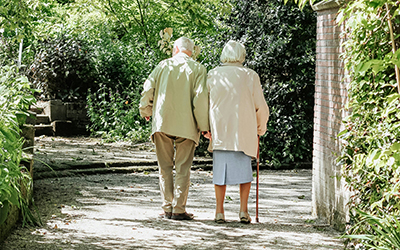
Why Falls are a Serious Risk for Adults 65+ 1 in 3 older adults experiences a fall each year. Falls are the leading cause of injury-related deaths and hospital admissions. Fear of falling leads to reduced mobility, loss of fitness, and increased fall risk....
https://youtu.be/RxrRMXAc08Y Have you ever wondered what Physical and Occupational Therapy are and how they differ? While there are numerous differences, the primary distinction between the two disciplines of PT & OT is that physical therapy's main focus is gross...